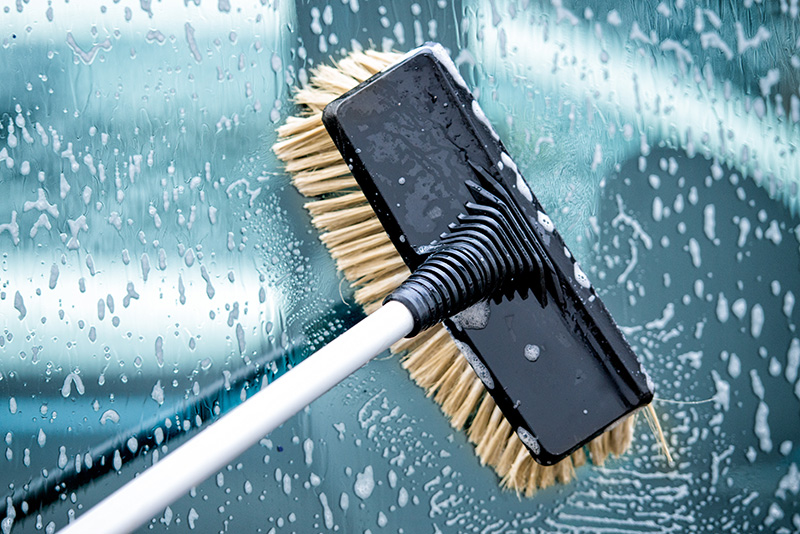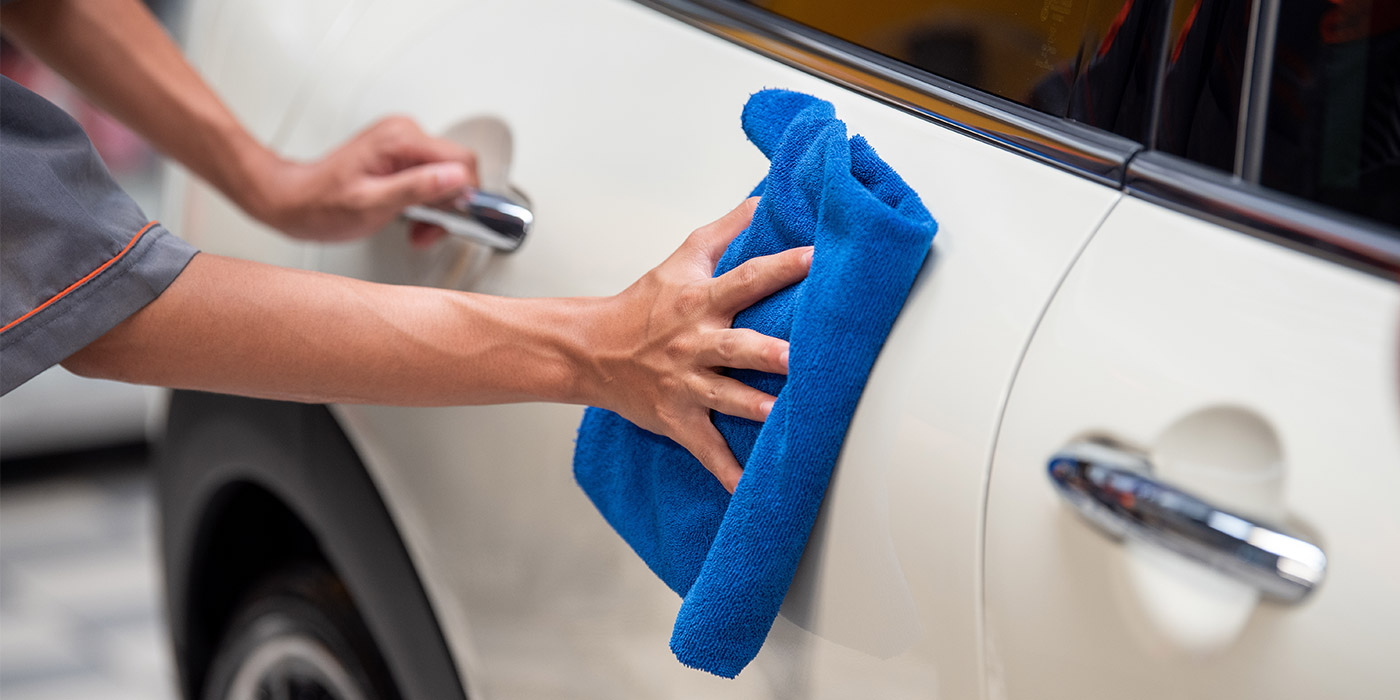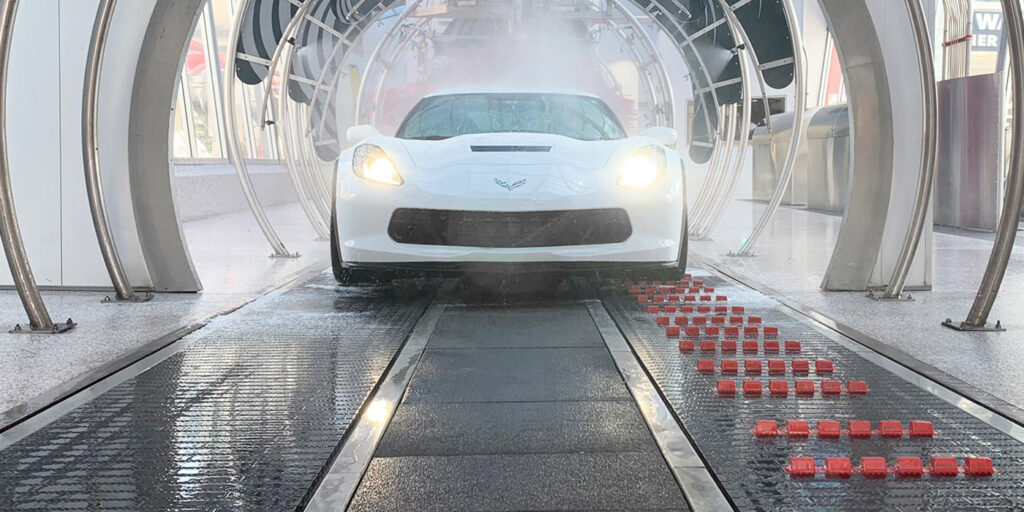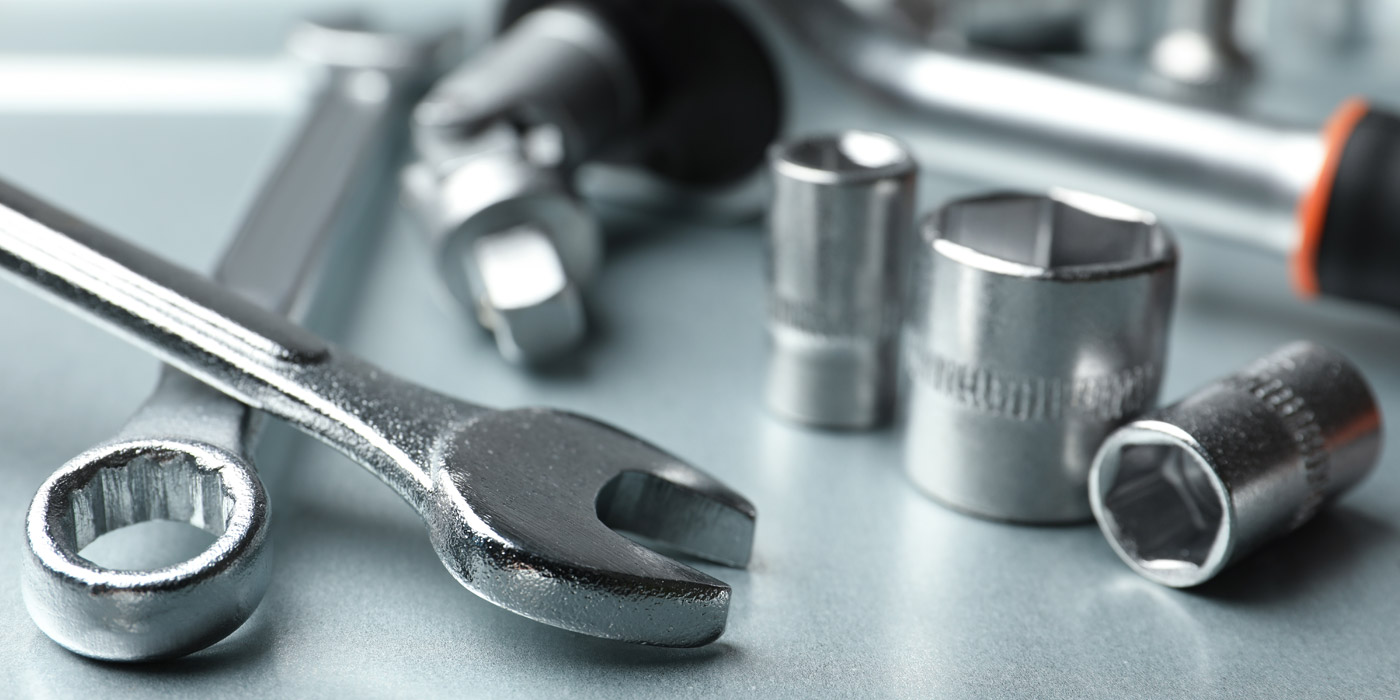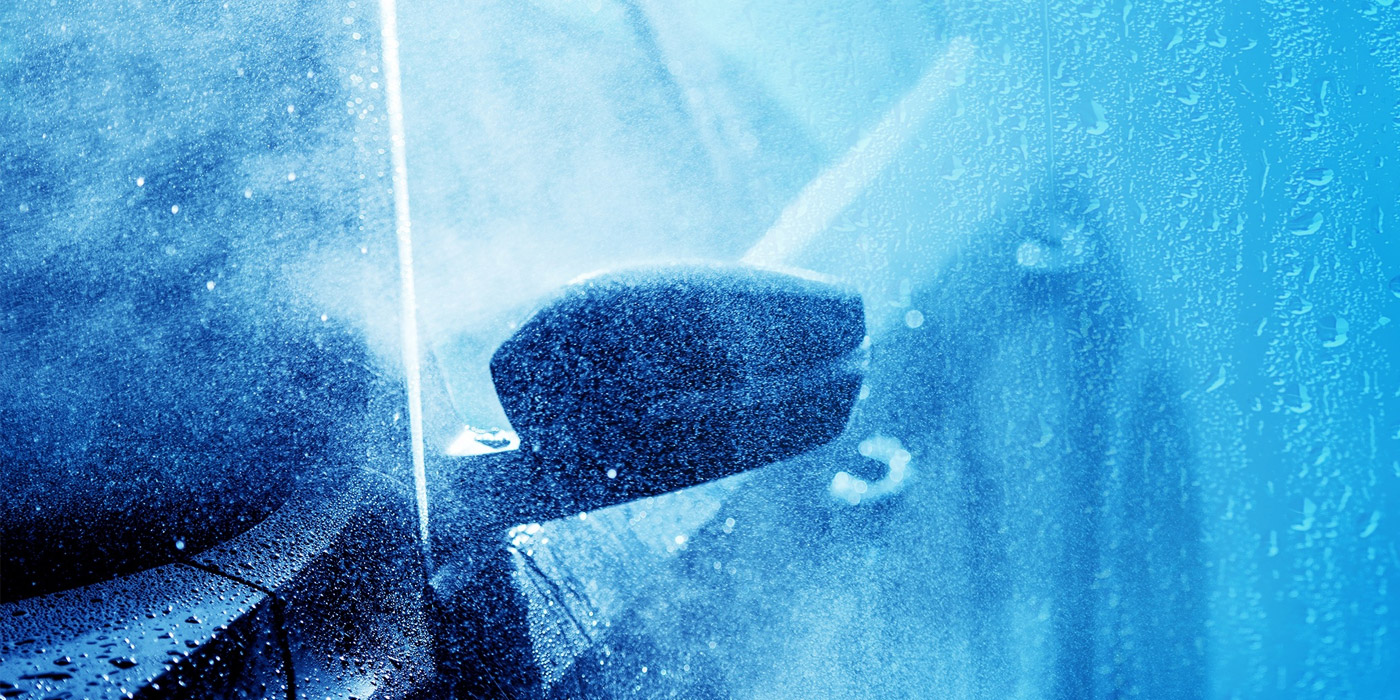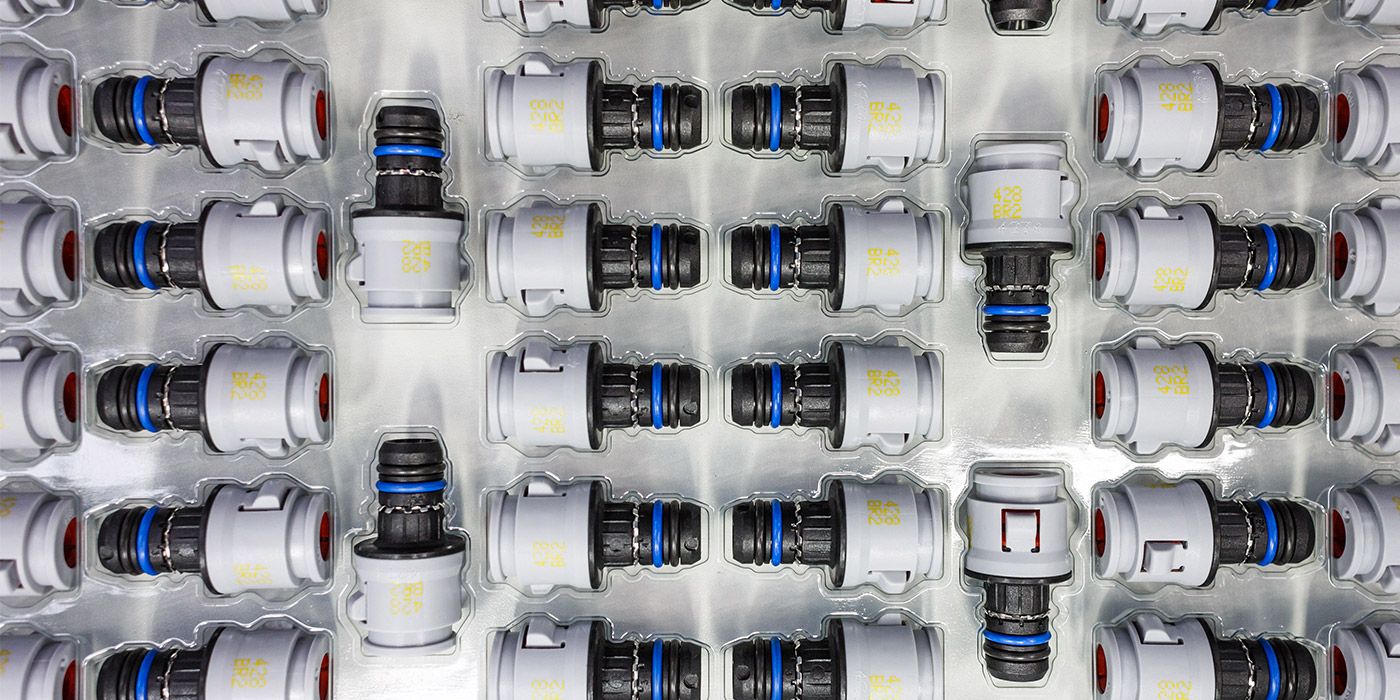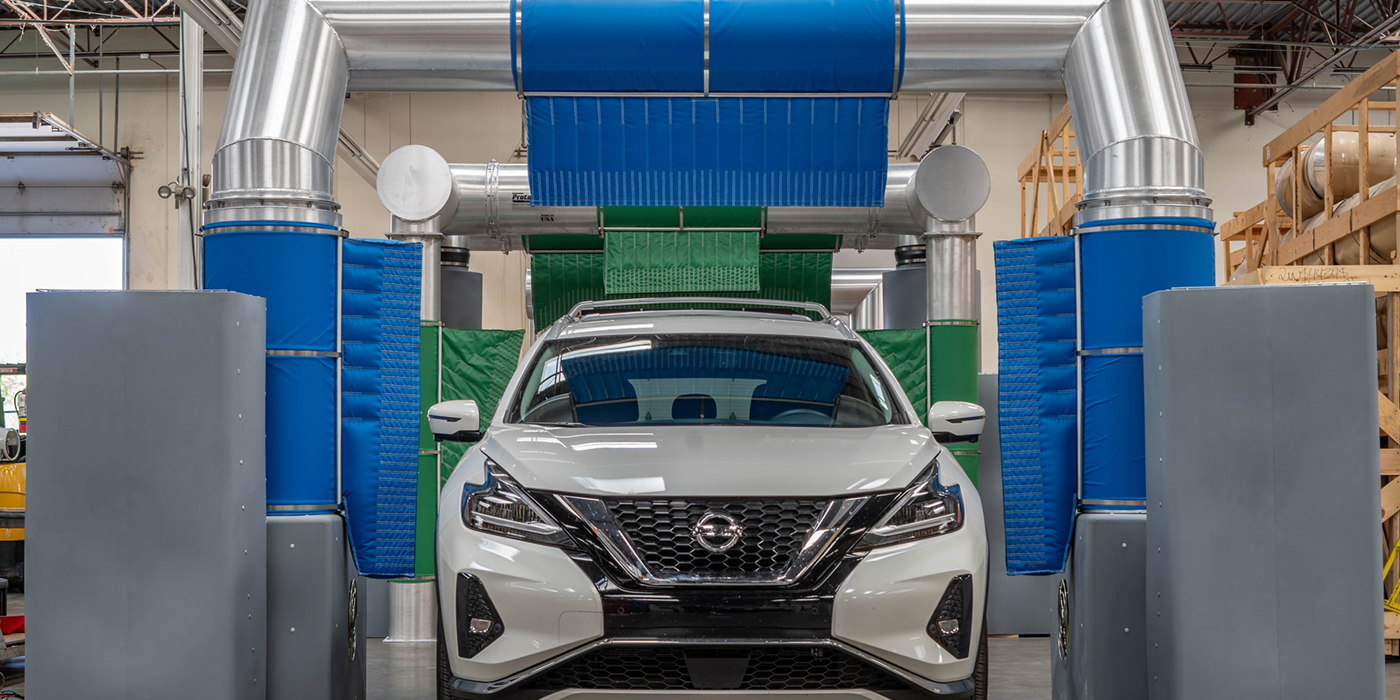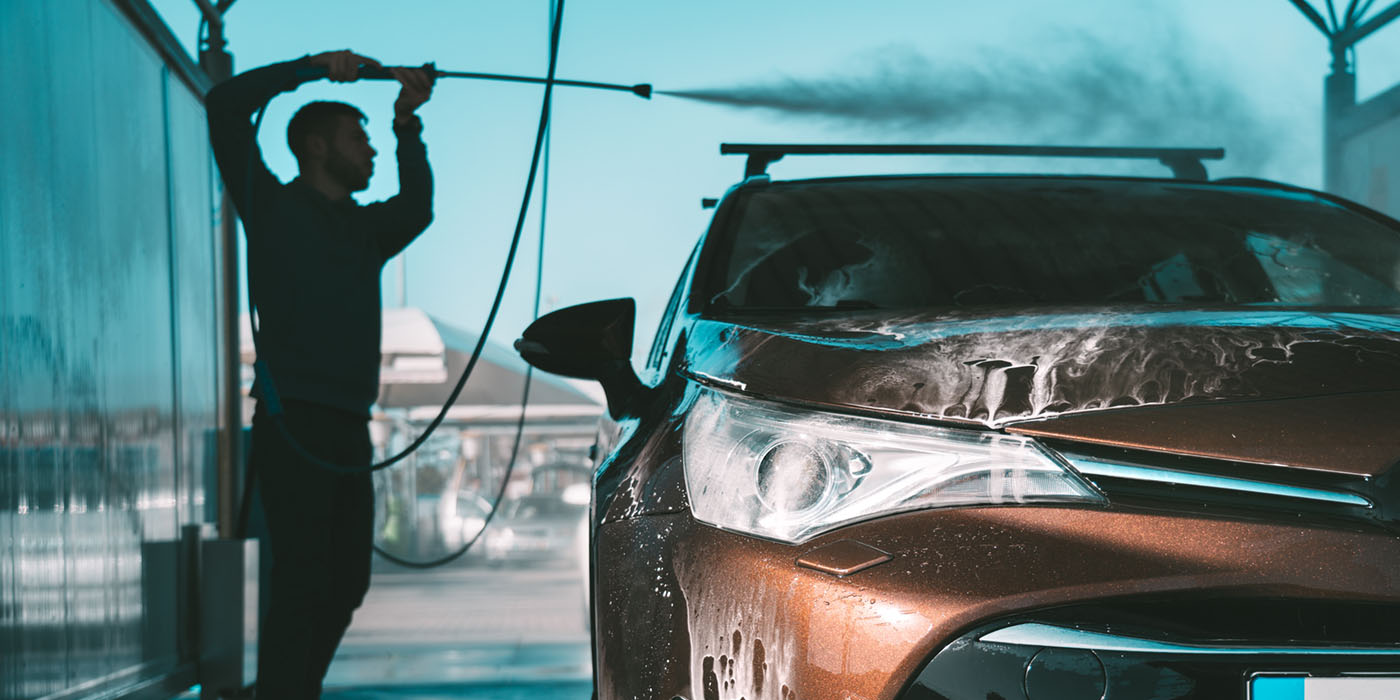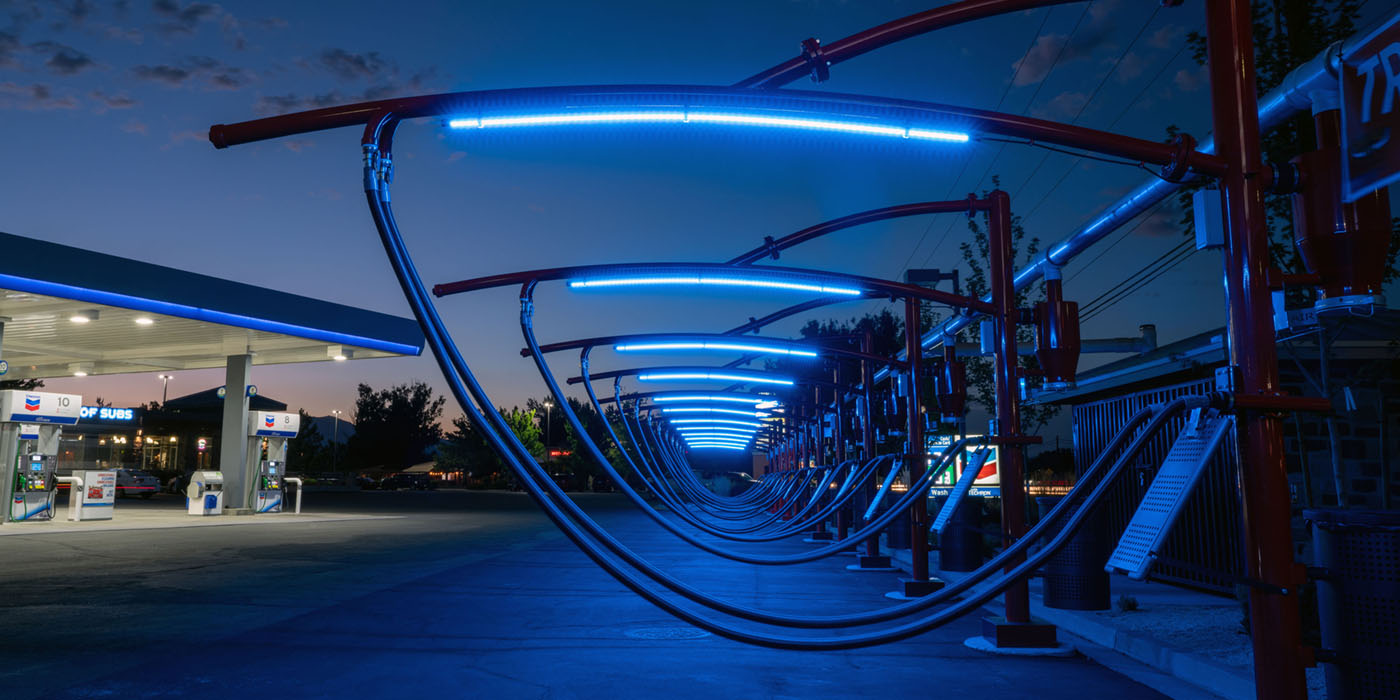With apologies to Charles Dickens who opened his novel “A Tale of Two Cities” with, “It was the best of times, it was the worst of times,” in the carwash industry, there is often an unclear line between the best of brushes and the worst of brushes.
In other words, a number of small but important distinctions can distinguish a good brush from a bad one, including how well it cleans, if it damages vehicles or otherwise creates a bad customer experience.
While standard brushes can be ordered out of a catalogue and cheaply made, brushes can also be well designed, built and even customized for just a little more. As such, the difference between good and bad often comes down to factors such as brush qualities, utilization, maintenance/cleaning and configuration.
With these factors in mind, buying on initial price alone and saving a few pennies may wind up being a foolish choice. Instead, making better choices in carwash brushes by considering a variety of factors can make a significant difference in performance, repeat business and the bottom line.
To accomplish this, carwash owners and operators need to be aware of certain important brush characteristics. Dan Pecora, CEO of Erie Brush and Manufacturing Co., a supplier to the carwash industry since 1948, outlines what to look for in a “good versus bad” brush.
Best brush qualities
For carwash owners who want to provide customers with an exceptional wash that keeps them coming back, there is no substitute for a high-quality brush. Poorly designed or constructed brushes that save carwash operators a few dollars initially may be more costly in the long run. This cost may not be in dollars and cents alone but may affect the reputation of the operation as well as have a negative impact on repeat business.
While a bad brush can do a poor cleaning job from the first wash, a well-designed brush will consistently wash vehicles well over time. Each brush must also provide enough friction to dislodge dirt from the vehicle’s surface without damaging the paint or trim. No matter the type of brush or cloth, it should stand up to the rigors of carwashing for a long time to minimize replacement costs.
Poorly constructed brushes may also prematurely tear, rip or fail, whereas a good brush can last many years before needing to be replaced. This also saves money in the long run.
“A poor quality brush can do an awful job right off the bat,” explains Pecora. “It can have the wrong filaments, can be too hard or soft or the backing can be wrong, allowing the material to pull out.”
Stiffness versus softness
“For carwash owners, a quality brush must be neither too hard nor too soft for the job,” adds Pecora. “The surface you are cleaning or polishing will tell you the relative stiffness or softness of the brush you should use.”
Synthetic brushes made of nylon and polypropylene generally have shorter filaments with fewer bristles on the brush head. In general, these types of brushes are stiffer and better suited for scrubbing off layers of dirt from older, unwashed cars as well as for use on tires.
On the other side of the coin are softer materials, such as cloth or foam, that are gentler on paint, trim and other surfaces.
Plush materials, such as “cashmere-type” cloth, for example, take advantage of a tufted surface (like the nap on a rug) to do a better overall cleaning job on the vehicle. This includes doing a better job cleaning windshields. The “tufts” on this type of cloth can range from 0.25 inches to 1 inch, with longer tufts capable of reaching deeper into crevices and providing more overall surface area for cleaning.
According to Pecora, a carwash that uses a high-quality “gentle foam” material can reduce damage claims to nearly zero, while offering a quieter wash and better final polish. Unlike typical foam, which is usually offered at standard levels of softness, gentle foam is significantly softer.
Pecora recommends hog’s hair brushes for prep work or final touch-up at tunnel washes on headlights, license plates and door handles. This type of brush is also the softest, most effective option when used for foaming brushes in self-serve carwash operations.
“Hog’s hair — actual hair that comes from hogs — has the smallest diameter-tapered filament, which helps to make it the softest,” he says. “Since it is tapered and feathered at the tips, it tends to release grit when properly lubricated toward its ends and will not grind it into the car surface. Despite being soft, tapered hog’s hair retains enough stiffness for harder scrubbing when required.”
Customizing automated brushes to avoid common problems
Even if carwash owners and operators select a quality brush and follow best practice cleaning techniques, there are times when the brush configuration must be altered to prevent common cleaning mistakes.
One common problem is that the tops of the sides and rear of taller vehicles, such as SUVs, trucks and vans, are sometimes left dirty even after a wash. This can turn off customers to the point they do not return.
When the tops of the sides or backs of taller vehicles are left dirty, the brush core height of wraparound brushes may not be tall enough, says Pecora.
“Rocker panel brushes used to be 18 inches tall a couple of generations ago. Today, they should be much taller because there are so many trucks and SUVs,” advises Pecora. “If you are not cleaning high or low enough on the sides, you need a better angle, taller brush core, longer washing material or possibly all three.”
The problem may also stem from wraparound brushes that do not unfold or extend properly. Because of the vehicle’s forward movement in a tunnel/conveyor wash, the wraparound brush actually has to unfold and extend enough to apply adequate friction to the vehicle’s rear for a proper wash before it moves out of reach.
“Wraparound brushes have to run after cars as the cars are going forward while the machine is standing still,” says Pecora. “So the brush on the machine has to unfold properly to chase the car forward, and that is not easy to do.”
Another reason that the vehicle may not get properly cleaned is failure to take into account the aerodynamic, tapered design of modern vehicles.
“Today, cars are tapered in length and width, so you want your cloth or foam brushes on wraparound, side or rocker panel equipment to taper the same way the cars do,” says Pecora.
This might involve a simple fix like making sure the washing material is long enough to adequately reach the vehicle at its narrowest point. For example, the 20-inch material that worked in the past might need to be closer to 30 inches today.
Some brush manufacturers try to adjust to more tapered vehicle designs by using a “stair step” design that comes in 1-, 2- or 3-inch stepped increments. However, this can leave vehicles insufficiently washed due to overly large gaps in the brush material.
“Instead, it is better to use brushes that are tapered without increments, which offer more complete coverage without the ‘skips’ of standard brushes,” says Pecora.
Even seemingly minor design features, such as the width of the slits in cloth or foam “fingers,” can affect the quality of the cleaning. Slits that are too far apart may mean the material does not fit into the nooks and crannies as needed for sufficient cleaning.
“The slits are often cut wider to increase the life of the cloth or foam, but you sacrifice in the quality of the cleaning. Without a doubt, narrower slits in the material means it can clean much better,” notes Pecora.
Best brush practices
To achieve the best brush performance, Pecora advises carwash owners to operate brushes at the correct RPMs and with the proper force. Brushes also should be lubricated properly with a chemical so they quietly glide over the vehicle’s surface.
In a conveyorized carwash, Pecora also recommends avoiding the use of high-pressure or high-volume hoses to wash down the concrete floor each night. This can cause sand and grit that has accumulated on the floor to inadvertently get on the brush, foam or cloth. Vehicles that go through the wash the next day suffer the consequences.
“To keep the sand and grit on the floor, use a low-pressure hose to ensure it goes down the drain where it belongs and doesn’t end up on your brushes,” explains Pecora.
Related: Best practices for carwash brushes
For a similar reason, he advises training any operators using a brush for prep or touch up to repeatedly dip the brush in a barrel of soapy water until all the grit falls to the bottom of the barrel.
“Your brush cannot have even a little bit of grit left in it,” says Pecora.
Finally, carwash operators should regularly inspect and replace damaged brushes.
“If there’s grit or oil on your brushes, you can take quick corrective action to clean them. However, if your brushes are in bad shape, replacing them will improve the quality of your wash so customers know they can rely on you time and time again,” Pecora adds.
No substitute for regular inspections
For tunnel wash owners who really want to know how their automated, conveyor brushes are performing, there is simply no substitute for ongoing, close inspections.
“Stand at the end of your tunnel wash and watch as the vehicles exit,” concludes Pecora. “Look carefully at all sides and you will see what you are missing. You can’t just do this with 10 cars; it needs to be more like a hundred. Then, work with a knowledgeable brush manufacturer to improve your operation to keep customers coming back.”
Del Williams is a technical writer based in Torrance, California. He writes about health, business, technology and educational issues, and he has an M.A. in English from C.S.U. Dominguez Hills.

